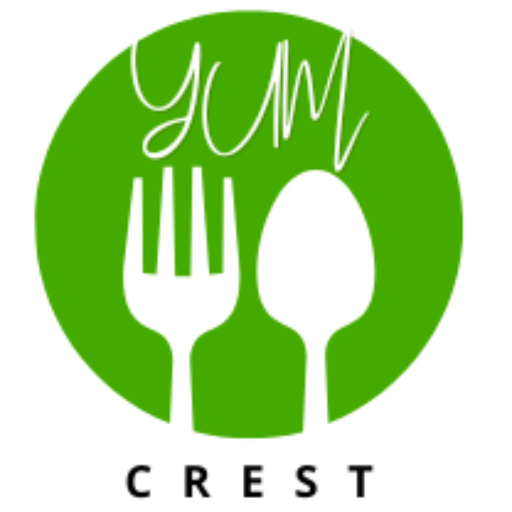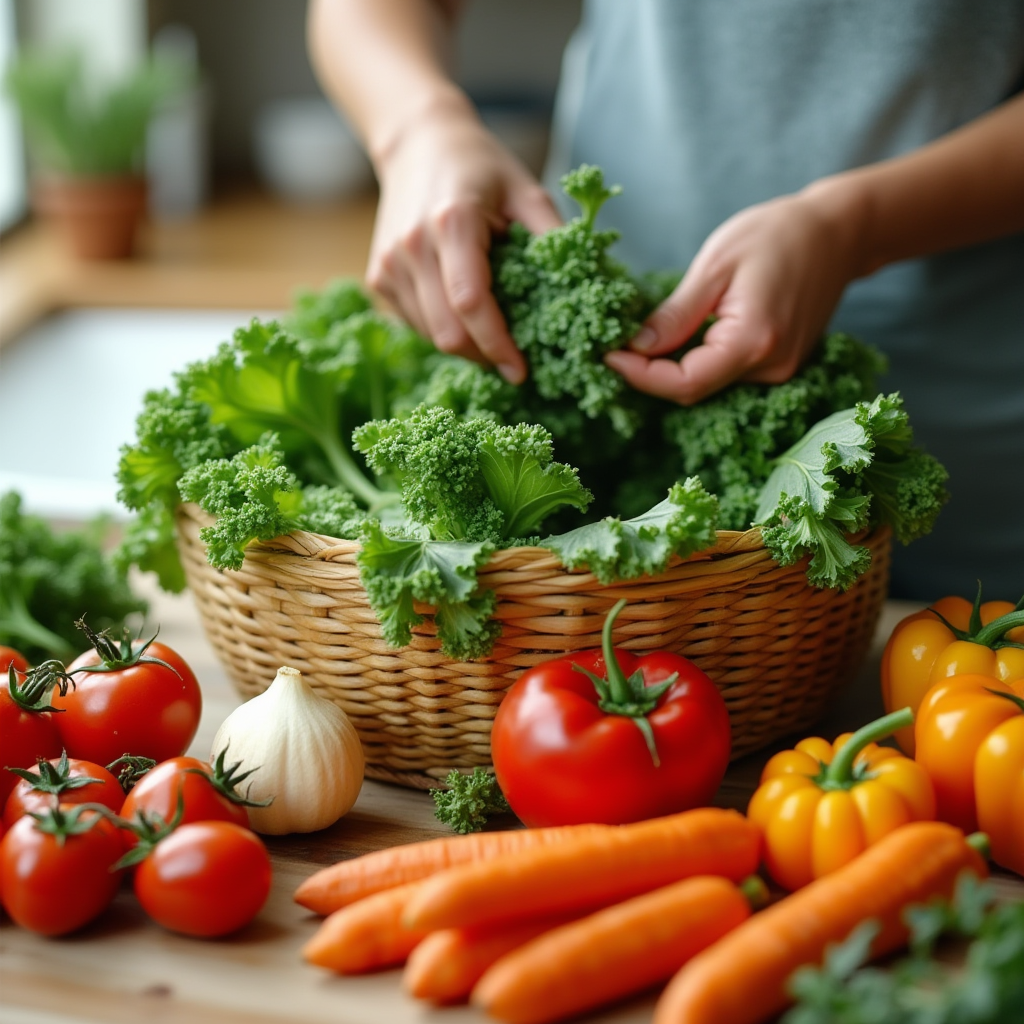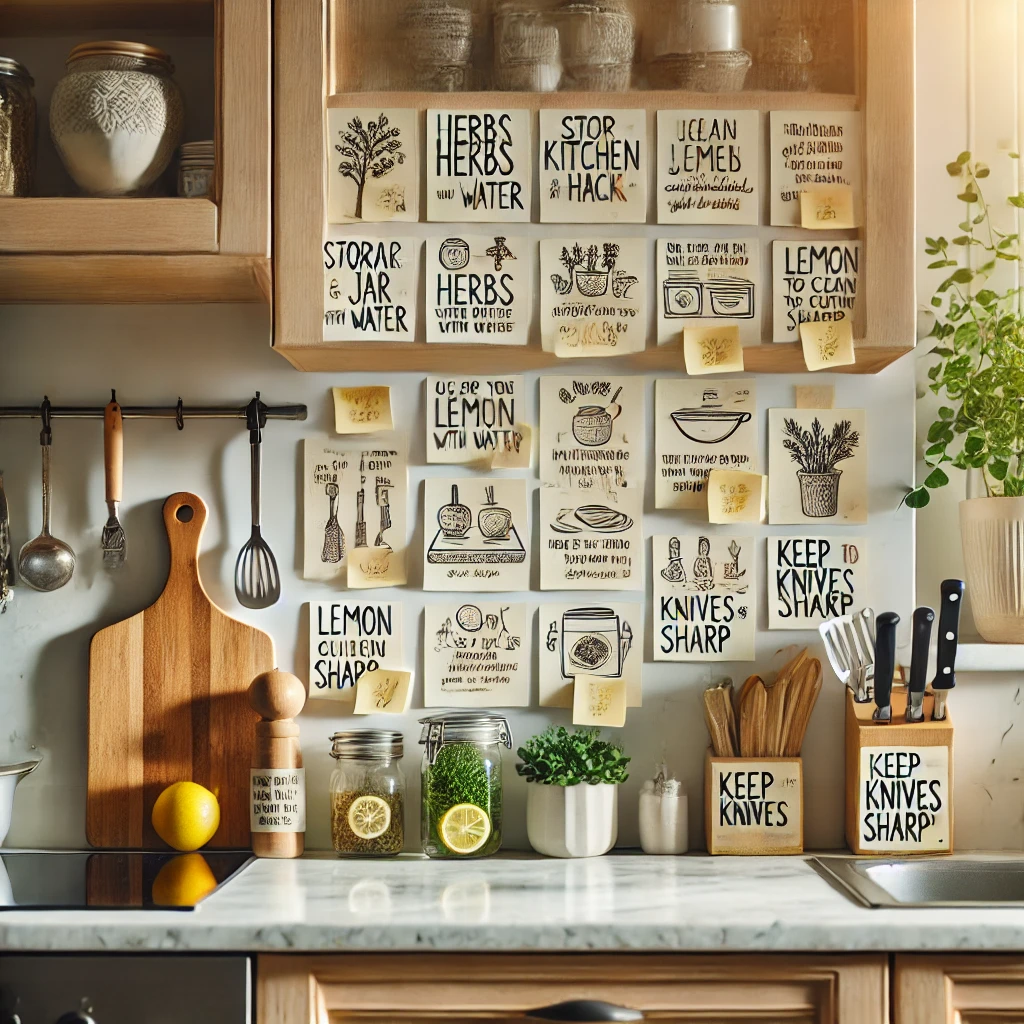Learn a simple trick for measuring sticky ingredients like honey or syrup without the mess. Discover why this tip works and how it makes cooking easier.
Memory updated
Got it! Let’s add those SEO elements and expand the content to meet your needs. Let’s use “measuring sticky ingredients” as our focus keyword.
SEO Title:
Kitchen Hack: Measuring Sticky Ingredients Without the Mess
Meta Description:
Learn a simple trick for measuring sticky ingredients like honey or syrup without the mess. Discover why this tip works and how it makes cooking easier.
Kitchen Hack: Measuring Sticky Ingredients Without the Mess
When it comes to sticky ingredients like honey, syrup, or molasses, getting accurate measurements without the mess can be challenging. This is a common struggle for home cooks and pros alike. However, a quick trick can help you measure sticky ingredients more precisely and efficiently.
In this guide, we’ll show you how to make sticky ingredients slide off your measuring spoon or cup and provide a step-by-step solution for tackling one of cooking’s stickiest problems.
Why Measuring Sticky Ingredients Can Be a Challenge
Before we dive into the solution, let’s explore why sticky ingredients cling to surfaces. The natural sugars in honey and syrup create a high viscosity, causing them to stick to most surfaces. This adherence often leaves you scraping to get every last bit, making it hard to get accurate measurements and leading to extra cleanup.
The Simple Solution: Coat Your Tools with a Bit of Oil
To tackle this problem, lightly coat your measuring spoon or cup with oil before adding the sticky ingredient. This thin layer of oil acts as a barrier, allowing the ingredient to slide off smoothly, leaving almost no residue behind.
How to Measure Sticky Ingredients: A Step-by-Step Guide
- Gather Your Tools – Prepare a small bowl of neutral oil, such as vegetable oil, along with a pastry brush or a small spoon.
- Coat the Spoon or Cup – Lightly brush or dip your measuring tool into the oil.
- Scoop Your Ingredient – Use the spoon or cup to measure your honey, syrup, or other sticky ingredients. You’ll notice it slides right out!
Why This Kitchen Hack Works So Well
By adding oil, you create a smooth, non-stick surface that reduces the friction and surface tension, allowing sticky ingredients to release easily. Using neutral oils also ensures that the oil doesn’t affect the flavor of your recipe. It’s a perfect hack for anyone who loves baking, cooking, and wants every bit of their ingredients to make it into the dish.
When to Use This Hack
This trick works particularly well when you need precise measurements for baking or mixing sauces. It’s also ideal for home cooks who prefer an organized, mess-free kitchen setup. Whether you’re making a honey mustard dressing, a rich caramel sauce, or a simple marinade, this hack is a time-saver.
Bonus Tips for Measuring Sticky Ingredients
- Use Cooking Spray – If you’re looking for an even lighter coating, opt for cooking spray. It’s quick, easy, and just as effective.
- Try Warm Measuring Tools – For ingredients like molasses or maple syrup, gently warming the spoon can help, too, though it’s less consistent than oil.
- Experiment with Different Oils – Neutral oils work best, but if you’re working with strong flavors, try oils like coconut for added aroma in desserts.
Try This Hack Today
Ready to make cooking easier? Try this measuring trick with sticky ingredients next time you’re in the kitchen. You’ll save time, keep your counters cleaner, and get every drop of delicious flavor in your recipe. This simple kitchen hack is a small change with big results.




